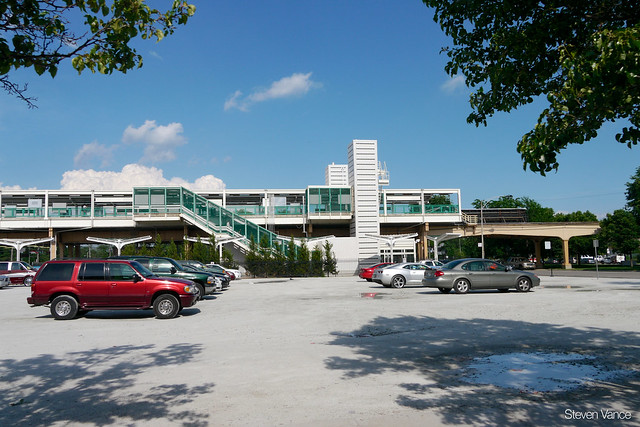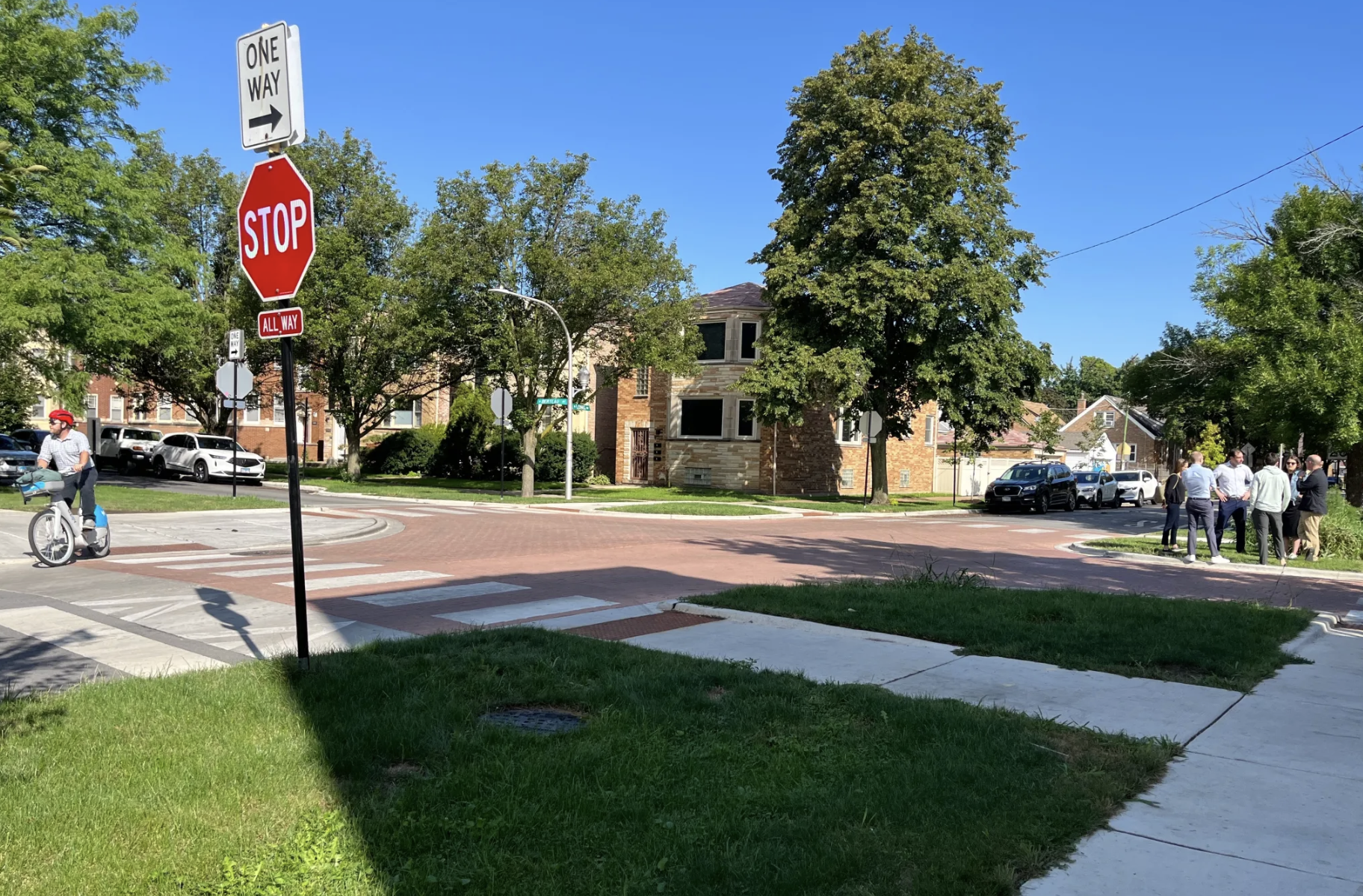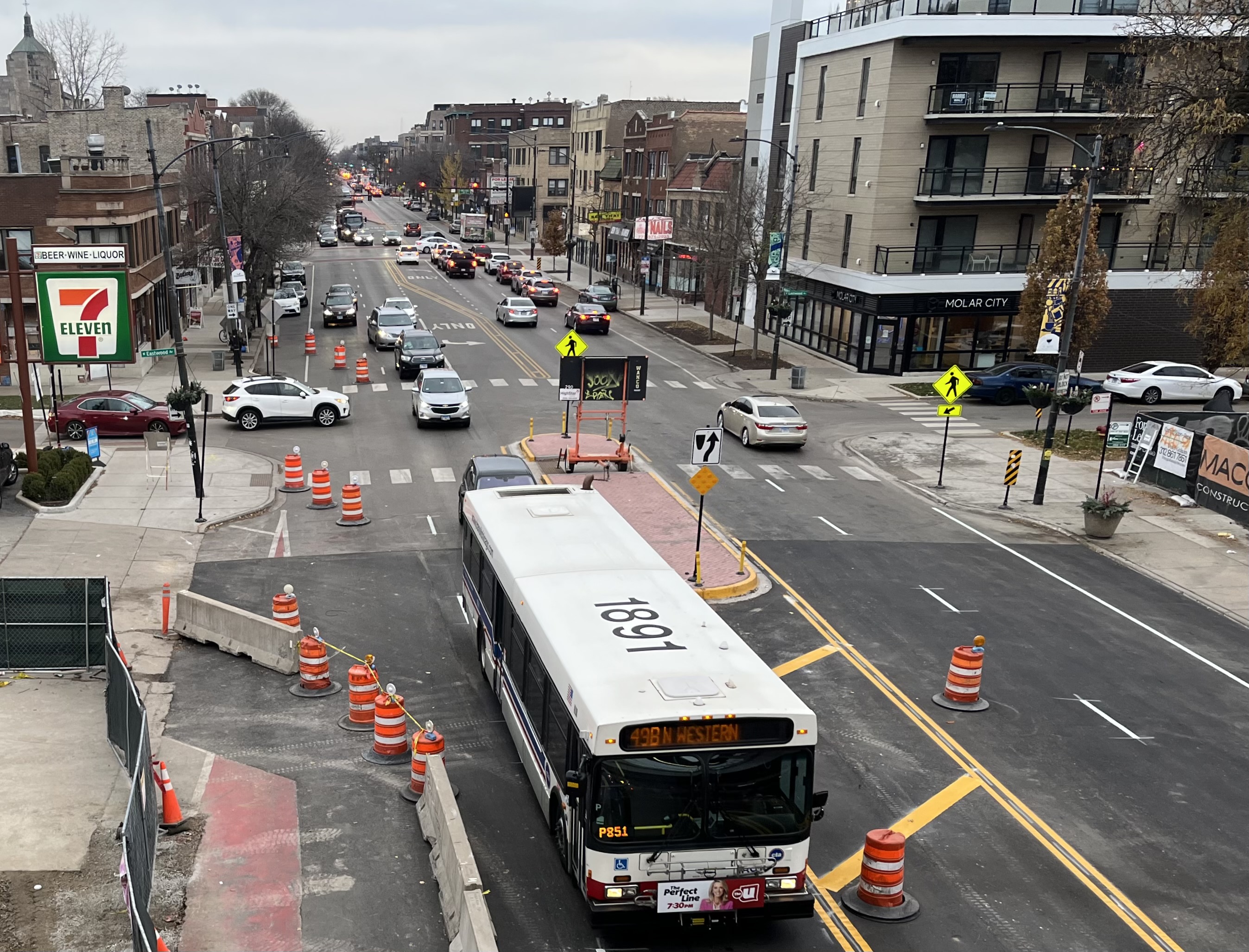Last week I interviewed Jacky Grimshaw about the Center for Neighborhood Technology's recent report on Chicago's lack of transit-oriented development compared to our peer cities. Afterward, I was thinking about the reconstruction of the entire Red Line south of Roosevelt, which will replace tracks and renovate many stations. This project is going to significantly speed up transit, but are there policies in place to incentivize development near these nine stations where riders will be able to get downtown faster?
"Rail transit does increase access and property values," Grimshaw said. Higher densities should be allowed near transit so that more people can make use of the improved access. But as the CNT report pointed out, denser, mixed-use developments are not allowed near some train stations. In these cases, CNT recommended that transit-oriented development should be made explicitly legal, and Grimshaw hinted that the Department of Housing and Economic Development, where the city's urban planners and zoning administrators work, is working on a transit-oriented development "overlay" ordinance to accomplish that.
A source in city government confirmed that an ordinance is in the works. In areas within 600 feet of transit stations, it would lower parking requirements and allow taller buildings, more housing, and even swap car parking for additional bike parking. Developers would have to build up to the sidewalk (similar to Pedestrian Street zoning rules) and drive-throughs would be banned. This ordinance would address many of the barriers that are currently holding back transit-oriented development in Chicago.
However, not all of the obstacles to TOD are legal in nature. Our source made sure to point out that there's a physical barrier to TOD near several stations on the Blue and Red Lines: expressways.
It's unknown when the ordinance would be introduced.
Updated to add bike/car parking swap.






